Allowance Method What It Is, Examples, Vs Direct Write-Off
On the other hand, businesses lacking such capabilities may find the direct write-off method more practical, despite its potential drawbacks in financial reporting accuracy. Hence, $3,000 ($100,000 x 3%) of the credit sales is estimated to uncollectible. And we use the allowance method to estimate and record the bad debt expense. This is because, under the direct write-off method, we only recognize and record the bad debt expense when we need to write off the accounts receivable.
Accounts Previously Written Off
- Having established that an allowance method for uncollectibles is preferable (indeed, required in many cases), it is time to focus on the details.
- Additionally, the allowance method fosters transparency and credibility in financial reporting, as it enables companies to proactively address potential bad debts, ensuring more accurate and reliable financial statements.
- Then, in the next accounting period, a lot of their customers could default on their payments (not pay them), thus making the company experience a decline in its net income.
- If we post this to the general ledger, we’re going to say that bad debt is going to go up from zero up to 9000 by this debit, that 9000 then represented here on the trial balance.
- You may not even be able to specifically identify which open invoice to a customer might be so classified.
Learn the essential accounting process for formally writing off uncollectible customer accounts under the allowance method. Therefore, there is no guaranteed way to find a specific value of bad debt expense, which is why we estimate it within reasonable parameters. Many countries have very liberal laws that make it difficult to enforce collection on customers who decide not to pay or use “legal maneuvers” to escape their obligations. As a result, businesses must be very careful in selecting parties that are allowed trade credit in the normal course of business.
- We’ve determined it at this point in time, and therefore we’re going to debit bad debt expense and credit the receivable at this point in time.
- This method enhances transparency, allowing for better financial planning, informed decision-making, and reliable financial reporting, meeting the standards of accuracy and consistency upheld by GAAP.
- So we could shorten this from just a technical standpoint to just this with one journal entry.
- This entry does not immediately affect cash flow but anticipates future losses, smoothing out expenses over time and adhering to the matching principle.
Recoveries and Tax Treatment
Instead, management uses past financial information to estimate bad debt amounts. The first journal entries under the allowance method include a debit to bad debt expense and a credit to allowance for doubtful accounts. When the company considers an account to be completely uncollectible, it makes a debit to allowance for doubtful accounts and a credit to accounts receivable. The sales method applies a flat percentage to the total dollar amount of sales for the period.
If we eliminate those two, we’re left with a debit to the checking account, credit to bad debt. So we could shorten this from just a technical standpoint to just this with one journal entry. So we both this then we’re going to say accounts payable is going to go back up by the 9000 to this and then we’re going to say that the bad debt is gonna go down. The allowance method is an accounting technique used to account for bad debts or uncollectible accounts receivable. The actual payment behavior of customers may differ substantially from the estimate. The amount you wrote off in past months for doubtful accounts is probably a good predictor of what you might write off in the future.
But, when compared to industry trends and prior years, they will reveal important signals about how well receivables are being managed. In addition, the calculations may provide an “early warning” sign of potential problems in receivables management and rising bad debt risks. It is customary to gather this information by getting a credit application from a customer, checking out credit references, obtaining reports from credit reporting agencies, and similar measures. Oftentimes, it becomes necessary to secure payment in advance or receive some other substantial guaranty such as a letter of credit from an independent bank. All of these steps are normal business practices, and no apologies are needed for making inquiries into the creditworthiness of potential customers.
Contrasting that with the allowance method, we still got the cash we still got the receivables going down to zero, but instead of the 10,000 go into bad debt now it goes to the allowance for doubtful accounts. We can see then on the trial balance that we have the the revenue is now going down by the bad debt, the net income then being decreased at the point in time we determine that the bad debt would be uncollectible. We also want to see the the information that would back up the accounts receivable that would be on the accounts receivable subsidiary ledger.
Direct Write-Off and Allowance Methods
Companies use the direct write-off method when they decide there is no chance of receiving the money that a customer owes. Companies should exhaust all recovery attempts before writing off a Writing Off An Account Under The Allowance Method bad debt. To write a debt off, companies debit the bad debt expense account and credit the accounts receivable account. The Internal Revenue Service requires the direct write-off method, although it does not conform to generally accepted accounting principles (GAAP). If the corporation’s actual credit sales for November are $800,000 it will record an adjusting entry dated November 30 to debit Bad Debts Expense for $2,400 ($800,000 X 0.003) and credit Allowance for Doubtful Accounts for $2,400.
Bad Debt Expense Journal Entry
The percentage of credit sales approach focuses on the income statement and the matching principle. Sales revenues of $500,000 are immediately matched with $1,500 of bad debts expense. The balance in the account Allowance for Doubtful Accounts is ignored at the time of the weekly entries. However, at some later date, the balance in the allowance account must be reviewed and perhaps further adjusted, so that the balance sheet will report the correct net realizable value. It estimates uncollectible accounts at the end of each accounting period, creating a reserve or allowance for doubtful accounts.
The direct write-off method is a less theoretically correct approach to dealing with bad debts, since it does not match revenues with all applicable expenses in a single reporting period. Additionally, the allowance method fosters transparency and credibility in financial reporting, as it enables companies to proactively address potential bad debts, ensuring more accurate and reliable financial statements. Ultimately, this approach enhances the overall reliability and usefulness of financial information, contributing to the stability and trustworthiness of a company in the eyes of investors, creditors, and other stakeholders. The company’s internal forecasting capabilities can also determine the appropriate method. Organizations with robust data analytics and forecasting systems are better equipped to estimate future bad debts accurately, making the allowance method more feasible for them.
The allowance for doubtful accounts is a contra account to the accounts receivable on the balance sheet. Likewise, the normal balance of the allowance for doubtful accounts is on the credit side. Discover the nuances of accounting for bad debts with a comparison of direct write-off and allowance methods, and learn how to choose the best approach. On March 31, 2017, Corporate Finance Institute reported net credit sales of $1,000,000. Using the percentage of sales method, they estimated that 1% of their credit sales would be uncollectible. The two methods used in estimating bad debt expense are 1) Percentage of sales and 2) Percentage of receivables.
How do you write off a bad account?
This identification process is an internal decision, supported by evidence and adherence to company policy. For instance, a company might have a policy to write off accounts over 180 days past due unless payment arrangements are in place. Once an account meets these criteria, it is ready for removal from the active accounts receivable ledger. This scenario illustrates how XYZ Corp. utilizes the allowance method to manage its accounts receivable, making adjustments based on changing assessments of credit risk.
Here’s the allowance method, direct write off, I’m showing the allowance account here, but it’s not used. Under the allowance method, a company makes an adjusting entry to record an estimate of bad debts as an expense in the income statement and a corresponding reduction in accounts receivable on the balance sheet. This entry is typically based on historical data, industry trends, or other relevant information. For example, based on previous experience, a company may expect that 3% of net sales are not collectible.
This method enhances transparency, allowing for better financial planning, informed decision-making, and reliable financial reporting, meeting the standards of accuracy and consistency upheld by GAAP. Hence, the expense does not match the revenue making it a method that goes against the accounting rules. That is why this direct write-off method is usually used by some companies that have a small amount of receivables or its bad debt expense is insignificant or immaterial in the first place. By using the allowance method, companies align their financial statements more closely with the economic realities of credit sales, thereby improving the reliability and usefulness of their financial data. The historical bad debt experience of a company has been 3% of sales, and the current month’s sales are $1,000,000. Based on this information, the bad debt reserve to be set aside is $30,000 (calculated as $1,000,000 x 3%).

